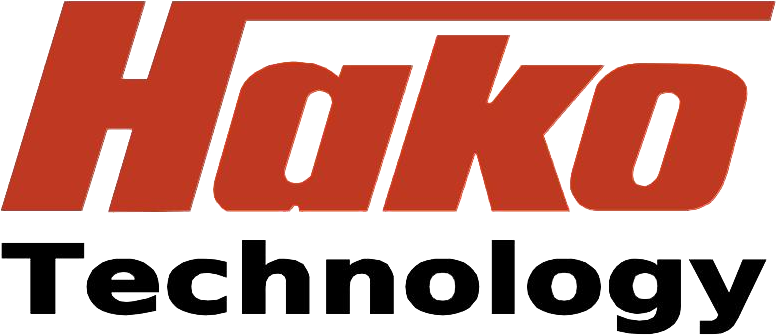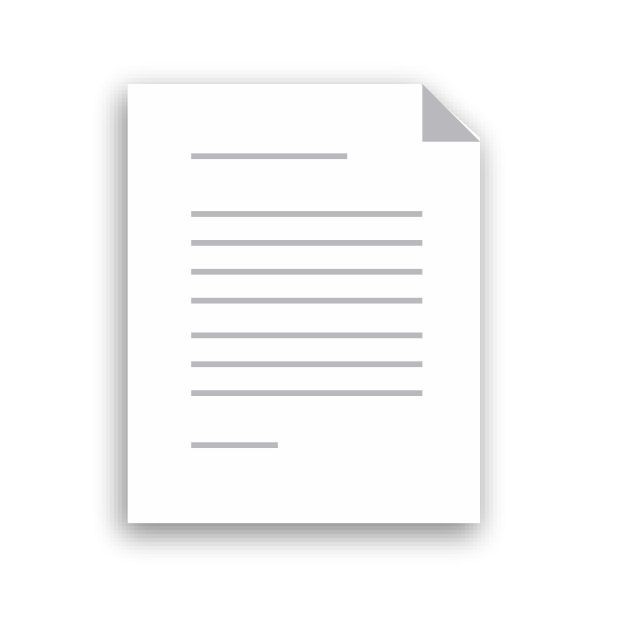RECOMMENDATIONS FOR TECHNICAL DOCUMENTATION
1. GENERAL
(general recommendations contain information crucial for any operation)
1.1 The documentation is drawn in PL, EN, DE in accordance with mechanical drawing (ISO 128)
1.2 Use own naming system of files – drawing number/ description of a draw.
1.3 Editable files, *.dwg, *.dxf, *. STEP *.pdf preferred.
1.4 Information about the material (type, thickness, amount, type of surface finishing i.e.,)
1.5 In the case of coating (painting, galvanization, nickel-plating and so on) the standard and requirements for the process should be determined.
1.6 Standards and allowance adequate to processes:
Laser cutting: PN-EN ISO 9013;
Mechanical and plastically processing: PN-EN ISO 2768
Welded parts PN-EN ISO 13920
1.7 Every change in a draw should involve changing the name in the final file and in the drawing table (new review- new draw)
1.8 Do not deliver several parts in one file.
1.9 It should be noted that it is permitted to round the sharp corner elements off the parts cut by laser, thickness-radius ~10% *
2. RECOMMENDATIONS FOR LASER CUTTING
2.1. drawing scale 1:1
2.2 A draw in *.dxf format for laser details should include only external and internal detail contours (without dimensions, tables etc.)
2.3 No splines, open contours, blocks, overlapping lines etc.
2.4 In essential cases – an indication of the place of micro joint, engravers (yellow lines), grinding direction, the distribution direction relative to the rolling of the sheet, etc.
2.5 Stick to the rule: one detail- one *.dxf file.
2.6 It should be noted that it is permitted to round the sharp corner elements off the parts cut by laser, thickness-radius ~10% *
3. RECOMMENDATION FOR FOLDING
3.1. A *.STEP, *.dwg or *.pdf model should be delivered containing flat pattern with applied, dimensioned and described bending lines (directions, degrees and radiuses), detail section after folding and information about the method of section (European/American)
3.2 Bending radius should not be less than the thickness of sheet metal (the radius is preferred to be at the same length as the thickness of material)
3.3 It should be remembered that depending on the thickness of the material there are minimal bending distances and openings being below the distance will be distorted. Here, you can check the study of a selection of forces http://www.plasmet.net/technologia.
3.4 Bending lines on semi-finished products and processed parts should be marked by a thin solid line.
4. RECOMMENDATIONS FOR MECHANICAL PROCESSING
4.1 If possible, provide * .STEP model, necessary * .dwg or * .pdf one
4.2 On a draw, requirements about the quality of a surface (roughness) should be marked.
4.3 Edge bends, internal and external radiuses should also be marked.
5. RECOMMENDATIONS FOR WELDING
5.1 On the draw the welds (type and dimensions) should be marked
5.2 In the case of complex elements, BOM should be maintained.
A Final product – quantity
1. Semi-product A – quantity
1.1 Material A
2. Semi-product B – quantity
2.1 Material B
It should be noted that it is permitted to round the sharp corner elements off the parts cut by laser, thickness-radius ~10% *

